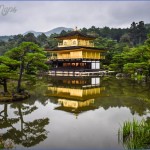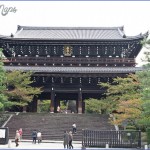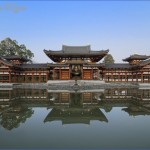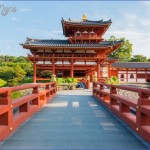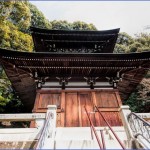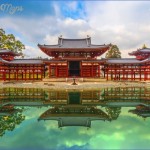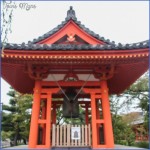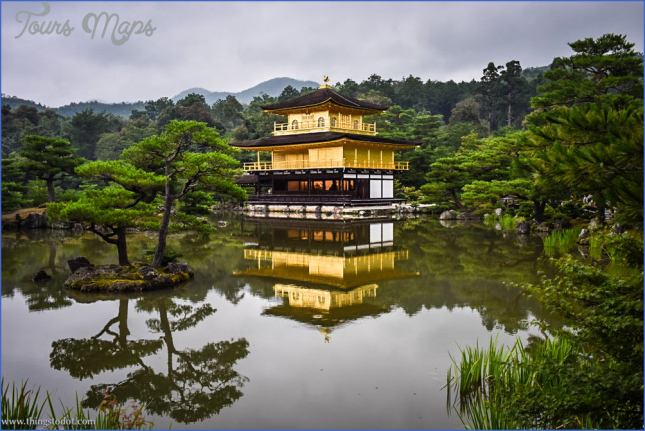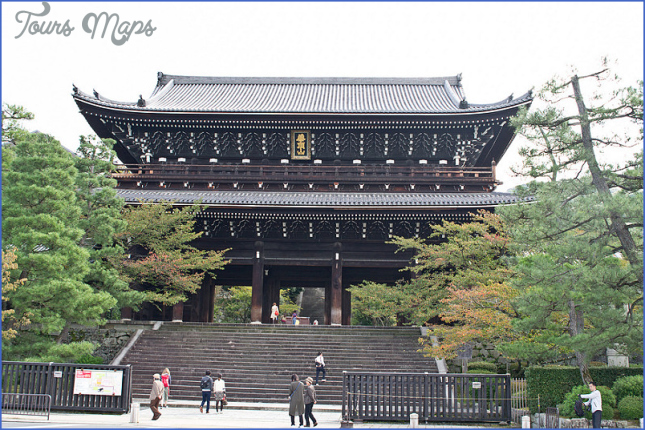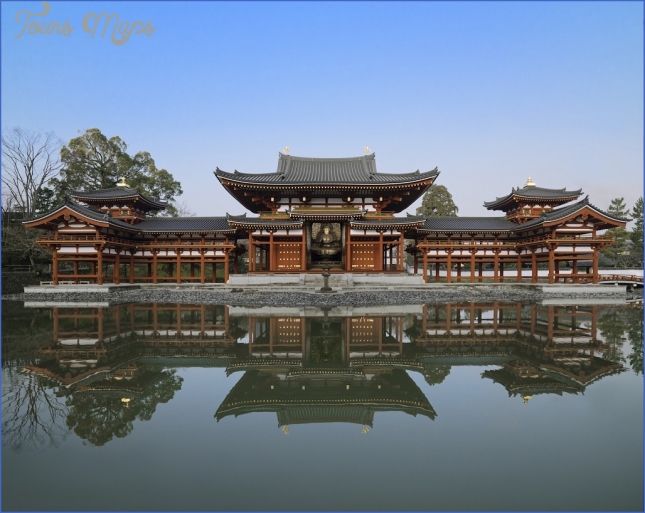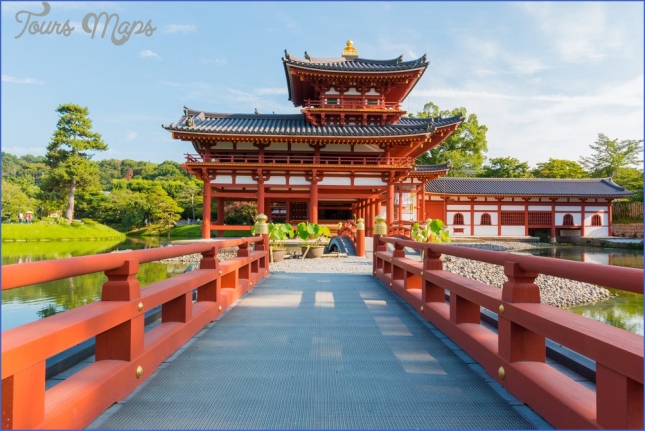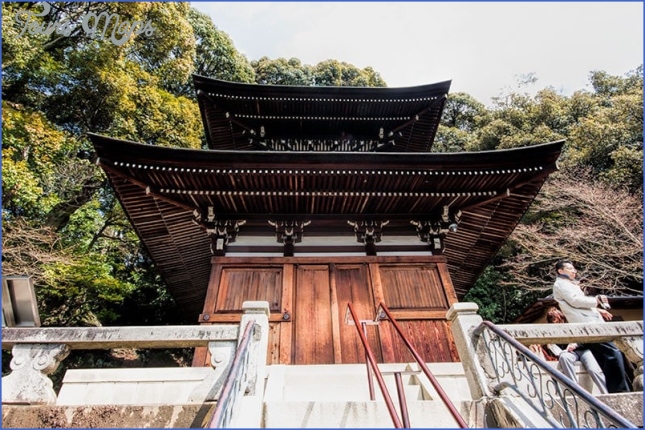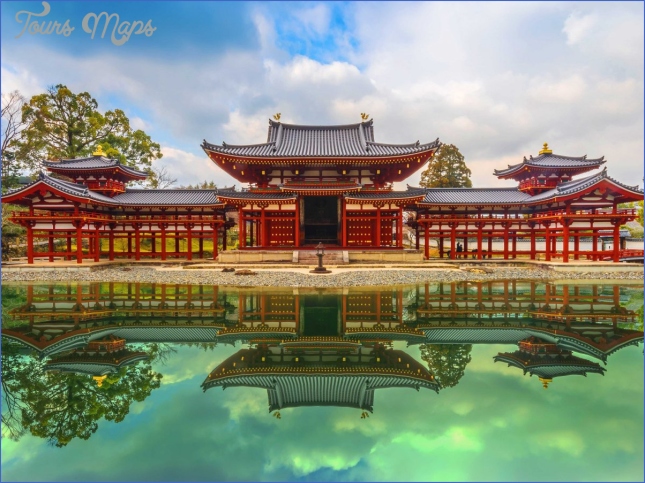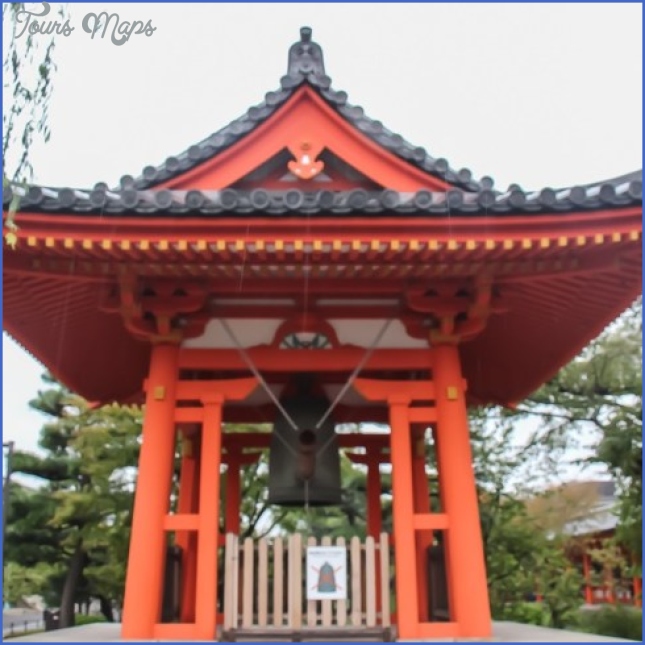Kyoto’s Buddhist temples house much of the ancient capital’s rich trove of artistic treasures and Buddhist learning. The city’s hundreds of temples and thousands of monks continually enrich cultural traditions such as tea, ikebana, and calligraphy. The hushed protective atmosphere of Kyoto temples can serve as temporary sanctuary (“Be a nun for a day” suggests one), or templates for focused contemplation, or just to set the mind free for a precious moment. The calm of a temple garden in Kyoto might offer a perfect perspective on Buddhism’s insights into the transitory and ephemeral nature of … everything.
Temples Of Kyoto Photo Gallery
Kyoto’s temples are also a huge factor in the economic well-being of the city. From the makers of nenju Buddhist prayer beads to the countless other scores of skilled craftsmen, gardeners, and support staff, Kyoto’s related businesses, restaurants, and hoteliers all depend heavily on the seemingly never-ending commercial stream of visitors, whether pilgrims or tourists, intent on seeing Kyoto’s fabled temples. A war between city officials and Kyoto temple abbots that raged from 1985 until 1987 over tax regulations found major temples closed to all for long enough to hurt both temple and city coffers. The government finally raised the white flag and the great wooden gates of Kyoto’s temples were reopened.
A contemporary karesansui dry landscape garden at Shinnyo-do Temple.
A roofed gate amidst autumn colors at Komyo-ji Temple.
An assembly of monks at the Kondo Hall of Jingo-ji Temple.
Romantic raking at Chishaku-in Temple.
A procession of Chion-in priests at the Daiden Grand Hall.
An Elysian islet in Ogonchi Pond at Saiho-ji, popularly known as the Moss Temple.
Draped noren curtains radiate a rainbow amidst winter white on the slopes of Ichijoji.
Cherry blossom beauty at Bishamon-do Temple.
Maybe You Like Them Too
- Top 10 Islands You Can Buy
- Top 10 Underrated Asian Cities 2023
- Top 10 Reasons Upsizing Will Be a Huge Travel Trend
- Top 10 Scuba Diving Destinations
- World’s 10 Best Places To Visit

